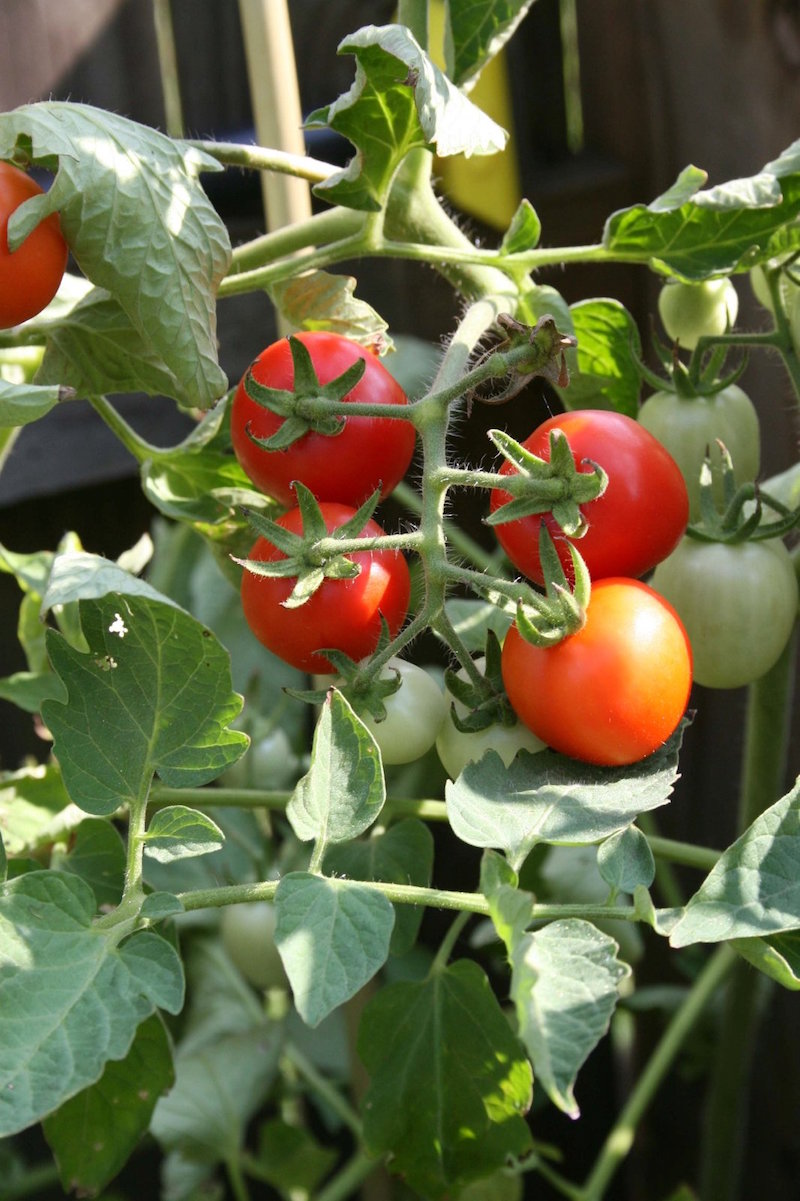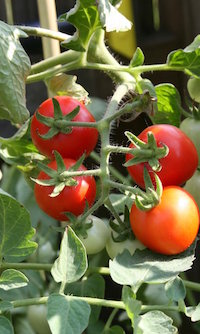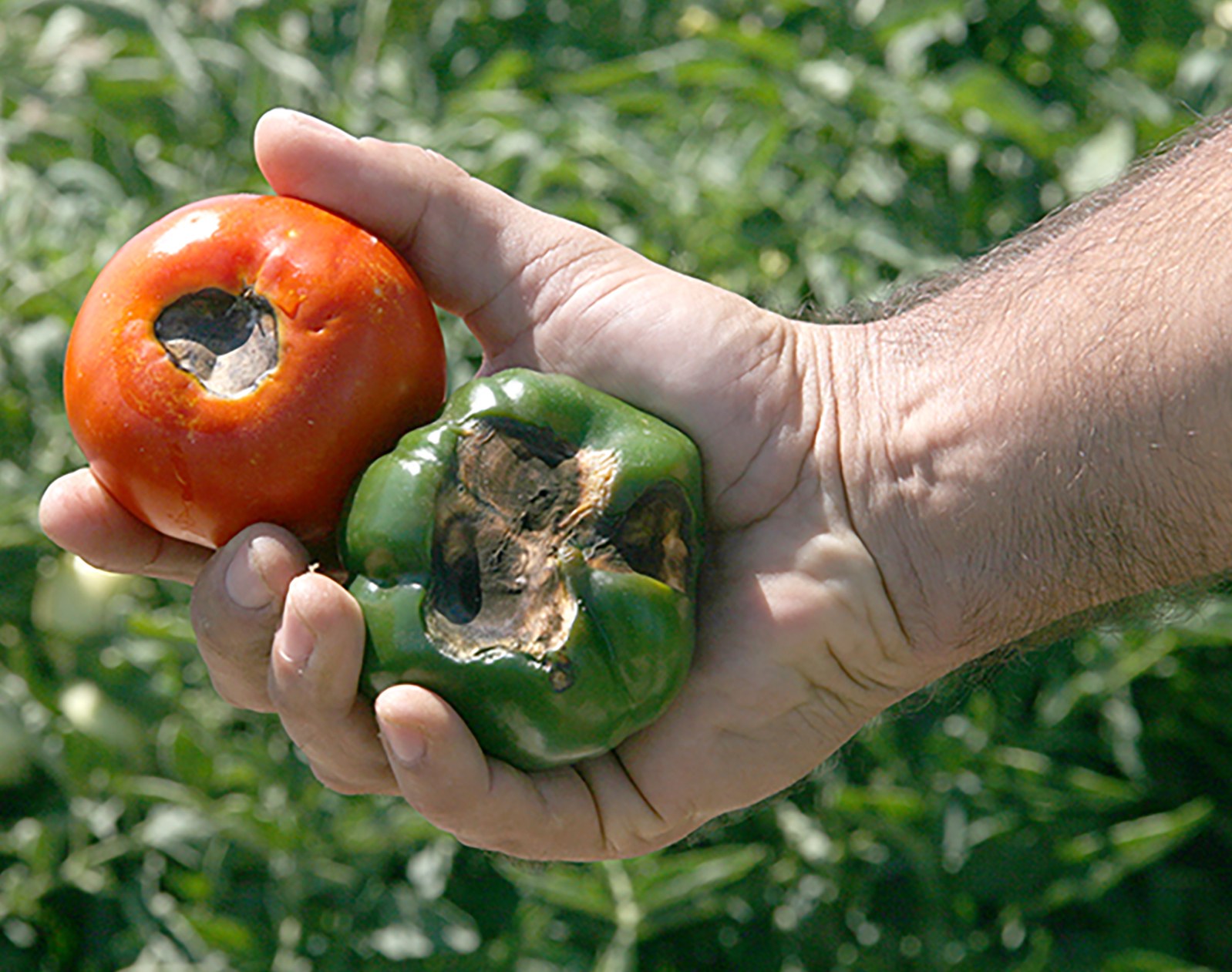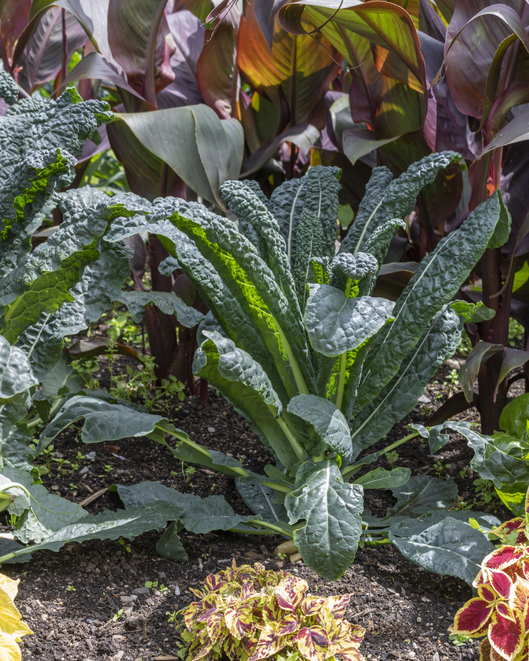The desire for fresh, homegrown tomatoes is the main reason many homeowners plant gardens. Most tomato plants are planted in late March and April, and every spring some homeowners run into problems with their tomato plants.
Tomatoes are susceptible to a lot of diseases. Once infected, it is too late to stop most diseases from killing or limiting the production of the plant. Using a few cultural practices and planting varieties that are resistant to disease can make for a more productive tomato harvest.
Two newer, good-tasting, disease-resistant tomato varieties are ‘Red Bounty’ and ‘Bella Rosa’, both of which are resistant to tomato spotted wilt virus.
When selecting plants, look for varieties that have a lot of letters next to the name. This means the plants have a built-in resistance to disease. An example would be a popular variety called referred to as the “‘Celebrity’ VFFNTA hybrid.”
The letters by the name tell the gardener the plant pests and diseases to which the variety is resistant. "V" refers to Verticillium wilt; "F" is for Fusarium wilt; "FF" is for Fusarium wilt races 1 and 2; "N" is for nematodes; "T" is for tobacco mosaic virus; "A" is for Alternaria (early blight); and "TSWV" is for tomato spotted wilt virus.
Tomatoes are classified as determinate or indeterminate types. Determinate varieties produce fruit that ripens over a short period of time, producing a large volume of tomatoes early in the season. Once the tomatoes have been harvested, the plants can be removed. Indeterminate varieties produce fruit continually throughout the season.
Popular determinate hybrid varieties include ‘Bush Celebrity’ VFFNTA, ‘Bush Early Girl’ VFFNT, ‘Celebrity’ VFFNTA and ‘Mountain Spring’ VFF. Popular indeterminate hybrid varieties are ‘Early Girl’ VFF, ‘Better Boy’ VFN, ‘Big Boy’ and ‘Beefmaster’ VFN.
Some gardeners prefer tomato plants that produce small fruit. Popular cherry tomato varieties include the ‘Jolly’, ‘Sweet Baby Girl’ and ‘Super Sweet 100’ hybrids.
In addition to buying disease-resistant varieties, gardeners should use good cultivation practices to prevent problems.
Tomatoes like well-drained, high organic-matter soil with a pH between 6.2 and 6.8. Gardeners should have their soil tested and follow test recommendations to correct any pH problems.
Tomatoes frequently experience problems with a condition called “blossom end rot.” This condition turns the bottom of the tomato fruit black. Blossom end rot is caused by a calcium deficiency in the fruit and is made worse when soil conditions fluctuate between wet and dry.
Adding dolomitic lime, which raises pH and contains calcium and magnesium, can help prevent the problem. If the garden soil pH is optimal but the calcium is low, apply gypsum at 1 pound per 100 square feet. Foliar applications of calcium can help provide a temporary fix if the problem is not excessive.
Placing mulch around tomato plants reduces soil moisture fluctuations and keeps weed pressure down. Layers of newspaper can be placed around plants, and mulch can be added on top to further prevent weeds. Pine straw, bark, leaves or most any type of mulch can be used.
Selecting disease-resistant varieties, following soil test results and adding mulch should make this tomato season more productive.
For more information on tomato varieties, see University of Georgia Cooperative Extension Bulletin 1271, “Georgia Homegrown Tomatoes,” at extension.uga.edu/publications.









